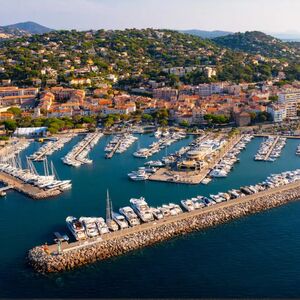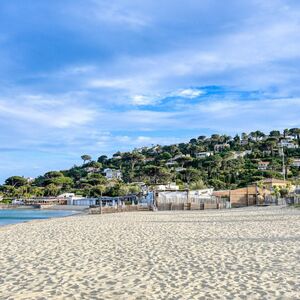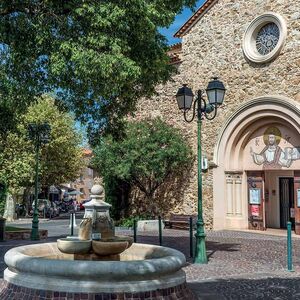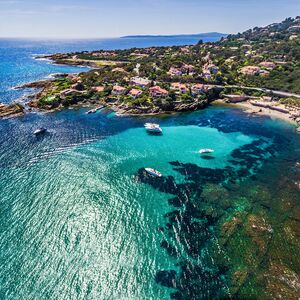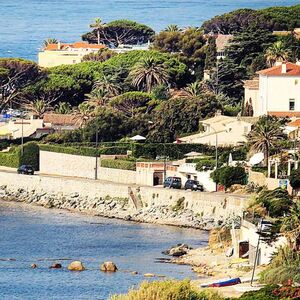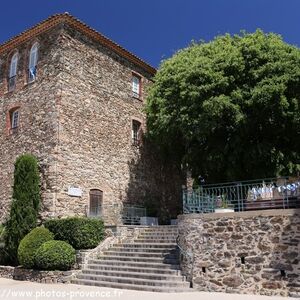Catherine & James
Catherine & James
The Venues
The Town
Sainte Maxime
In AD 900, monks from the Lérins Islands near Cannes sought a place to settle and found the area now known as Sainte-Maxime—much like Sian, Catherine's mum, would centuries later!
A small fishing village gradually grew around the monastery, named Sainte-Maxime after Maxime, the Count of Grasse’s daughter, who renounced her wealth to found a convent nearby.
The village thrived, and in 1520, the monks built the Tour Carrée to protect against Saracen raids—a landmark still standing today.
As the town expanded, so did its trade. Locals produced olive oil and wine, and harvested timber and cork from the Massif des Maures, trading with Marseille and Italy via small sailing vessels.
By the early 20th century, Sainte-Maxime’s charm, unspoiled nature, and Mediterranean beauty began attracting artists, writers, and poets.
During World War II, one of its beaches became a key landing point for Operation Dragoon on 15 August 1944, helping liberate Southern France.
While nearby Saint-Tropez rose to fame in the 1950s with stars like Brigitte Bardot and Mick Jagger, Sainte-Maxime remained a beloved gem—what Sian calls "the best place in the world."
Catherine was born in 1995 at the Oasis Clinique in Saint-Tropez and moved from nearby Port Grimaud to Sainte-Maxime at age six, growing up there until leaving for the University of Exeter.
After many visits, James now has his own favourite spots—check out James' recommendations on Our Recommendations page.
We can’t wait to share this special place with you all!
The Wedding Day
Château Colbert Cannet

Since the 13th century, Le Cannet has held an important place in Provence’s wine-growing history.
The Rascas family, one of the region’s oldest, settled there in the mid-16th century. In 1746, Louis XV elevated Pierre Louis de Rascas’ lands to a marquisate, making him Marquis of Le Cannet.
In 1754, Françoise Elisabeth Maxime de Rascas du Cannet married Monsieur de Colbert, uniting the marquisate with the renowned Colbert family.
During the Revolution, the family fled to Italy, and the original château in Vieux Cannet was partially destroyed.
Returning from exile in 1814, Louis Etienne de Colbert began restoring the estate. By 1835, he acquired the current château—then Château du Bouillidou—which remains in the family today.
That same year, on the eve of his exile to Elba, Napoleon Bonaparte secretly spent a night at the château, visiting his sister Pauline. Disguised in enemy uniform and a cap, he avoided recognition by the hostile crowd.
After World War II, Marquis Edouard de Colbert, a former artillery lieutenant, restored the 800-hectare wine estate. He served as Mayor of Le Cannet from 1959 until his death in 1971.
Today, Clémence Demouy de Kergrist, Edouard’s granddaughter, and her husband Grégoire continue to preserve the family’s heritage.

The names of the estate's wine blends reflect its history:
- "Demoiselle de Rascas" in memory of Françoise, the last descendant in the Le Cannet line, who married Monsieur de Colbert.
- "Marquis du Cannet" in tribute to all family members who inherited and preserved the estate's legacy for today's descendants.
